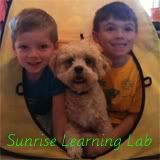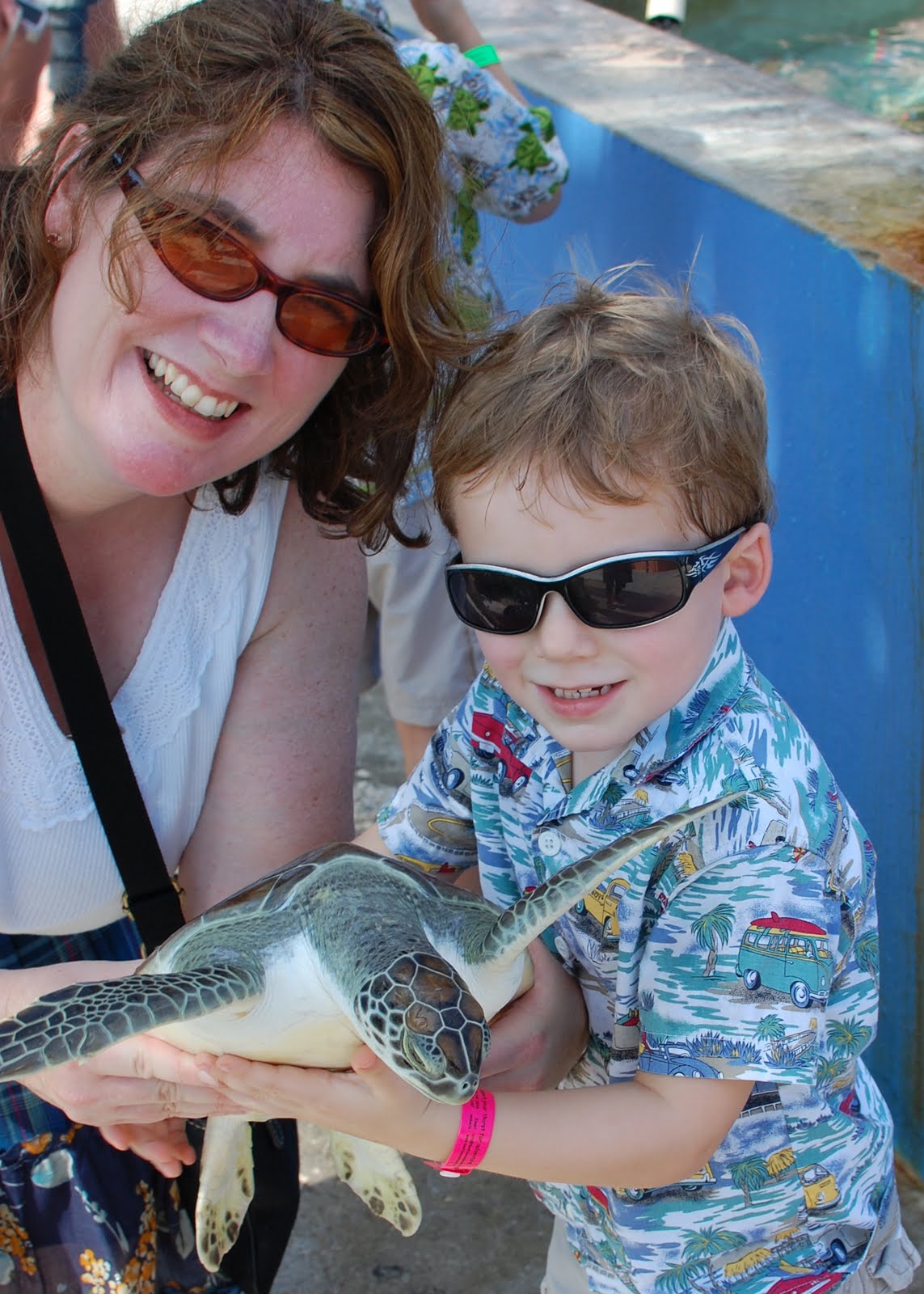Here in the United States, there has become more of an effort to start introducing a second language to children at an earlier age.
The Center for Applied Linguistics has done much research in the area of second language acquisition and young children. Let me first say that I have tremendous respect for C.A.L., as when I was teaching at a Spanish immersion school, we worked on several collaborative projects.
They are very dedicated and know their stuff.
Based upon their research, they came up with a list of what the US can learn from its friends in Europe, with the following list being their key findings:
Start language education early.Conduct long-term research.
Provide stronger leadership.
Identify how technology can improve language instruction.
Develop appropriate language assessments.
Designate foreign language as a core subject.
Take advantage of the sociolinguistic context.
Their research focused on how the United States can learn from the framework for learning a second language in a school setting, not in a home setting, nor in a Montessori setting.
It would be interesting to see what results they would find if they were to ascertain second language learning in the home or in a Montessori inspired home. Their framework focuses on oral language assessments, which might have to have a place in second language learning, but what about if the child is learning in a more authentic context? We do not test children in the home as they are beginning to speak...we can figure out that they are picking up language based upon informal interactions with our children, not tests.
What if the child begins to learn a second language while doing everyday tasks / practical life, such as while cooking, helping around the home, and reading with Mom or Dad?
My one concern is that their recommendations seem to point to the idea that foreign language should be designated as a core subject. This might be necessary in the scope of public schooling, for if it is not designated as a core subject, then they might not be able to find money to pay for the programs. However, in the context of our home, and more specifically, in the context of our homeschooling, second language learning kind of flows throughout the learning process.
But as far as actual instruction, for my little ones, it works well for us if it is more of an enrichment rather than a core subject.
Maybe that will change as the boys get older, or as we have more money to hire someone who is a native speaker, it would be possible to think of foreign language as a core subject, but for now, we do either Spanish or French or both as the interest and need arises...if we have materials for certain concepts, then I will put them out on the shelves as work.
Integrating technology for second and third language learning has many possibilities, as does doing interactive videoconferencing projects with penpals from other countries. this would work for us, as we already participate in various penpals projects, ePals projects, and continents swaps.
But again, for us, this will be outside our Montessori mornings.
If the boys request to do either Spanish of French, then I will get out something for them that has an oral language component, as well as an auditory one, but this is not something that we necessarily do everyday.
Integrating the little bits of a second and third language seem to work best for us when we are reading together, doing simple household tasks, such as laundry or dishes, etc. I do not test them on their second and third language proficiency in this casual setting...I could see a place for such testing for proper placement in a class when they are a little older, though...
The boys are developing an appreciation for other cultures, and for right now, that is more my goal.
They love learning about languages spoken in other countries as they are looking through continents boxes, or when we do a continents swap.
Big Bro especially likes looking at materials printed in a foreign language and comparing and contrasting the word in another language to a word in English.
Brain based research seems to really support learning a foreign language in early childhood, so it is something that we hope to better address in the near future. Wish that I could somehow get some grant money to do a more formal program in the near future, but am not sure if grant money for such a thing even exists for a homeschooling family or for a homeschool co-op.
The big issue is that although I have a fair understanding of Spanish and French, and can do a decent job reading those languages, my fluency is not there, not is my mastery of a proper accent. While I fully support the Montessori principle of teaching a child to teach themselves, a child normally would be picking up language from a native speaker from before birth...they would already know their mom's voice as wee infants, and would not be starting language with learning colors and numbers.
To make it a successful situation for child to acquire a second or third language for themselves is going to require some outside help, by way of classes and native language work.
Ideally, I would love to do some sort of immersion program or else weekly class sessions with native speakers, both for myself and for my sons.
But that is not something that is available to us at the moment, so what we are doing includes using simple board books and readers, several auditory programs, simple bilingual and trilingual games and activities...but again, most of them are outside the boys' normal Montessori work period, unless it is something very simple.
But, in case any of you are also trying to figure out how to include a foreign language into your Montessori inspired homes, or into your homeschools in general, whether or not you subscribe to the Montessori Method in your homeschooling, wanted to give you some snippets of what seems to be working for us n our home.
You may also want to contact the National Network for Early Language Learning
The Center for Applied Linguistics also featured information on their collaboration with the University of Iowa through the group, Ñandutí.
Well, I have included some shots of some of the resources we are using at the moment. I also have some additional shots in my Flikr photos, so if this topic interests you, you may want to look through these too.
.jpg)
.jpg)
.jpg)
.jpg)
.jpg)
.jpg)











No comments:
Post a Comment